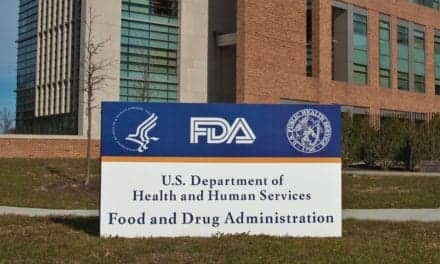The emergence and rapid increase in cases of coronavirus disease 2019 (COVID-19), a respiratory illness caused by a novel coronavirus, pose complex challenges to the global public health, research, and medical communities, write federal scientists from NIH’s National Institute of Allergy and Infectious Diseases (NIAID) and from the Centers for Disease Control and Prevention (CDC).1
NIAID Director Anthony S. Fauci, MD; NIAID Deputy Director for Clinical Research and Special Projects H. Clifford Lane, MD; and CDC Director Robert R. Redfield, MD, shared their observations in the context of a recently published report on the early transmission dynamics of COVID-19.2 The report provided detailed clinical and epidemiological information about the first 425 cases to arise in Wuhan, Hubei Province, China.
In response to the outbreak, the United States and other countries instituted temporary travel restrictions, which may have slowed the spread of COVID-19 somewhat, the authors note. However, given the apparent efficiency of virus transmission, everyone should be prepared for COVID-19 to gain a foothold throughout the world, including in the United States, they add. If the disease begins to spread in US communities, containment may no longer be a realistic goal and response efforts likely will need to transition to various mitigation strategies, which could include isolating ill people at home, closing schools, and encouraging telework, the officials write.
For further information, visit the National Institute of Allergy and Infectious Diseases.
References
1. Fauci AS, Lane HC, Redfield RR. COVID-19: Navigating the uncharted. N Engl J Med. Epub before print, February 28, 2020; doc: 10.1056/nejme2002387.
2. Li Q, Guan X, Wu P, et al. Early transmission dynamics in Wuhan, China, of novel coronavirus-infected pneumonia. N Engl J Med. 2002; Epub before print, January 29, 2020; doc: 10.1056/nejmoa2001316.





